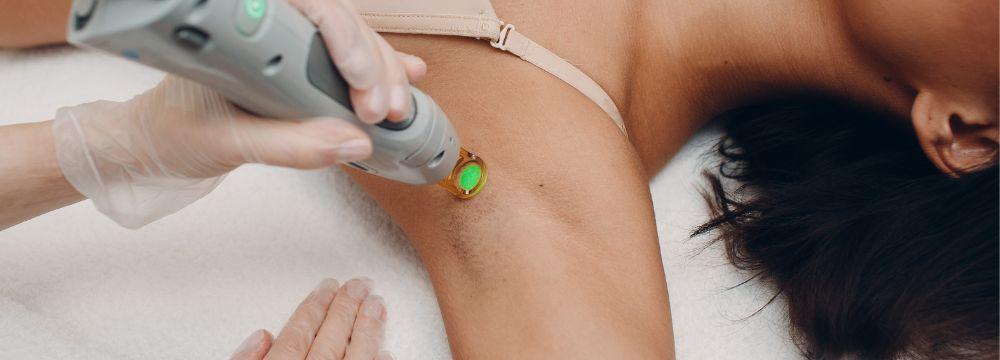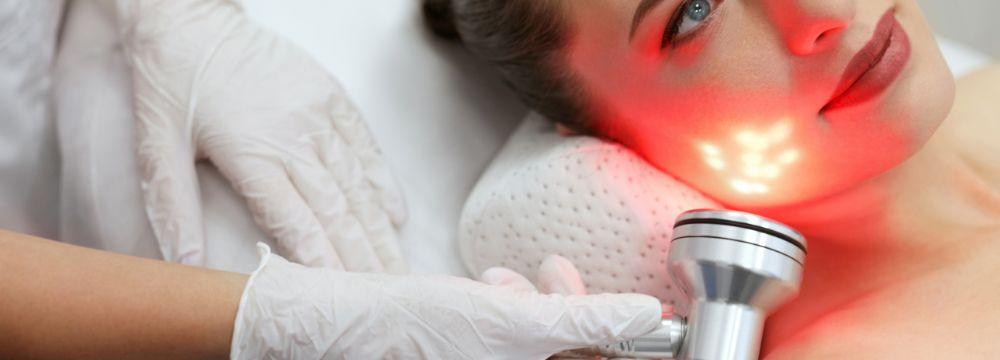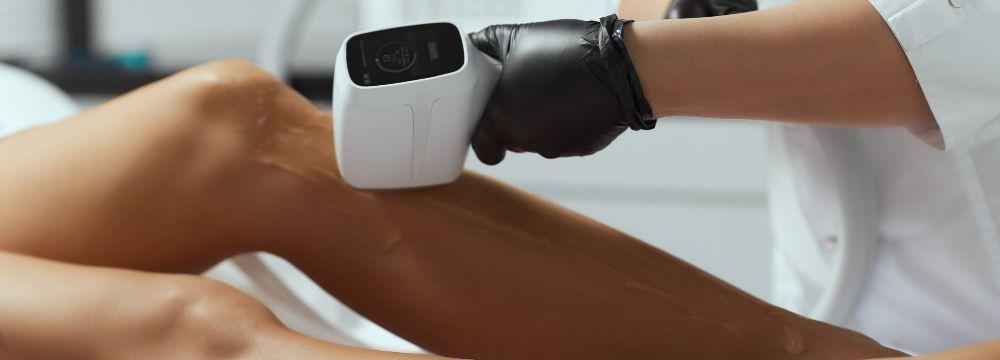Avoid Needle-Free Filler
If you’ve been looking into getting dermal fillers to give your face or lips a more youthful appearance, you may have seen advertisements for a needle-free version of the treatment. These treatments, also known as needleless fillers, are advertised to offer even coverage of target areas, have a more natural look, and lead to less pain during the procedure. Sounds great, right? Reality check time: When you get fillers injected without needles, you’re putting yourself at risk of serious injury. Here’s why.
First Thing First: What Is Filler?
Dermal filler is a broad category of substances injected beneath your skin’s surface. These filters can be made of several substances, such as hyaluronic acid (most common), poly-lactic acid, and calcium hydroxyapatite. Radiesse, Restylane, Juvederm, and Sculptra are well-known names for dermal fillers. The most appropriate type depends on your skin condition, health history, and the facial areas you want to target.
The filler is typically injected using a small needle. When the filler is placed under your skin, it adds volume and bounciness, resulting in a reduced appearance of wrinkles and a rejuvenated look. Depending on the type of filler you receive and your metabolic makeup, the effects of filler can last anywhere from six to 12 months.
For some people, getting filler can be a somewhat uncomfortable process. (Some types of filler include lidocaine, a numbing agent, to help with this.) This is partly why needle-free filler might seem appealing. However, research has shown that these needleless procedures may not provide great results and may even be dangerous to your health.
Why Needle-Free Filler Can Be Harmful
In 2021, the U.S. Food and Drug Administration warned consumers and healthcare providers against using needle-free devices such as the Hyaluron Pen to inject hyaluronic acid into the face and lips. Some of these needleless devices are used by doctors and medspas (often overseas), while others are marketed for at-home use. They use high-pressure air or a spring-loaded piston to push the hyaluronic acid through the skin or lips.
However, the lack of a needle to direct the filler to the correct spots can result in less-than-perfect filler administration. At best, this could mean results that look slightly “off” or unnatural. In more severe cases, this could mean bleeding, bruising, or even blockage of a blood vessel, which can lead to necrosis (dying skin), blindness, a stroke, or even death.
Plus, needle-free fillers sold for at-home use come with their own risks. Most are not FDA-cleared or approved, so there’s no guarantee they’ll be free of bacteria, chemicals, or other materials that could damage your body. Consumers who use DIY filler at home may not take basic precautions like cleaning the skin beforehand, leaving them at greater risk of infection.
The problem isn’t limited to the United States, either. Health agencies in other countries, including Canada and Australia, have also warned against using hyaluron pens. No matter what country you’re in, they’re still dangerous – and having them done in a medspa or doctor’s office doesn’t make them any safer.
If you’ve been considering needleless fillers because of concerns over pain, there’s no need to worry. With some preparation, needle-injected fillers can be administered with minimal discomfort. To make the experience as pain-free as possible, follow these tips:
- Choose an experienced injector (a dermatologist, PA, or nurse practitioner). They’ve had plenty of opportunities to enhance their injection techniques and can use that knowledge to minimize those “ouch” moments.
- Avoid places that offer rock-bottom discounts.
- Tell your injector your concerns beforehand. They may be able to treat the targeted area beforehand with a numbing cream to reduce discomfort. We can also lessen pain with vibrating devices applied to your skin while injecting.
- Consider a filler containing numbing substances. Restylane Lidocaine and Juvederm Ultra Plus XC are formulated with lidocaine. (Depending on your health status and aesthetic concerns, these may or may not be appropriate for you.)
At North Atlanta Dermatology, we always use the safest techniques in filler treatments and don’t ever use needle-free devices. Nervous? That’s okay! Contact us for a consultation, and we’ll discuss how we can enhance your look with a focus on comfort.




